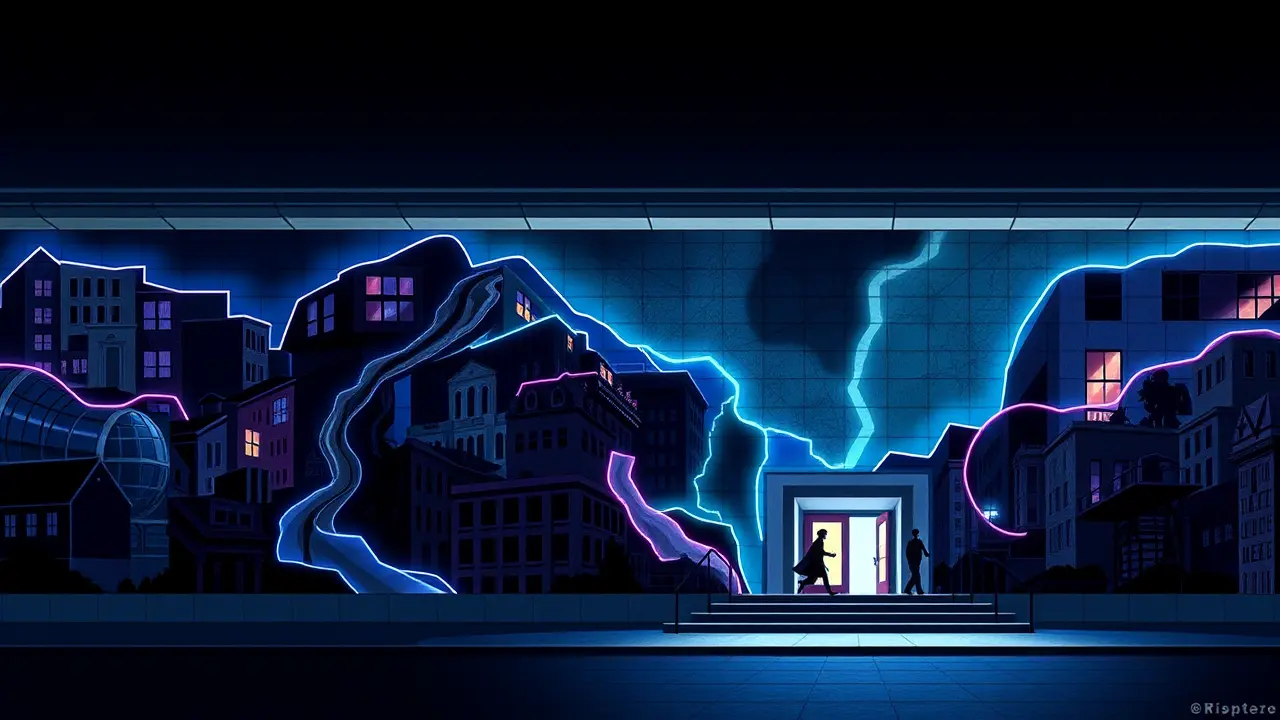
Entertainmenttheatre & artsArt Exhibitions
Preservationists Fight to Save Historic Building with New Deal Murals.
AN
Anna Wright
3 hours ago7 min read5 comments
In the heart of Washington, D. C., a quiet but determined battle is unfolding, one that pits the relentless march of modern development against the fragile, painted legacy of a nation's ambition. The Wilbur J.Cohen Building, a structure that might otherwise blend into the federal city's granite landscape, has become the unlikely epicenter of this cultural struggle, its walls serving as the canvas for a profound historical narrative painted by Seymour Fogel, Philip Guston, and Ben Shahn. These are not mere decorations; they are vibrant, breathing artifacts from the New Deal era, a period when the federal government, under Franklin D.Roosevelt, boldly asserted that art was not a luxury but a necessity for the national soul, a vital infusion of beauty and meaning into the public sphere during the bleakest years of the Great Depression. The preservationists now rallying to its defense are not simply trying to save bricks and mortar; they are fighting for the preservation of a specific, empathetic vision of America, one where government saw its role as a patron of the human spirit.The murals themselves tell a complex story: Fogel's work often explored themes of social justice and collective endeavor, Guston—before his radical shift to the cartoonish figurative works for which he is now most famous—contributed his powerful social realist vision, and Shahn, a artist deeply committed to leftist causes, brought a raw, graphic intensity that spoke directly to the struggles of the common man. The potential loss of these works is not just an architectural or artistic loss; it is an erasure of a pivotal moment when policy and creativity were explicitly intertwined, a testament to a belief that a government building should inspire and elevate, not merely house bureaucrats.This conflict echoes past preservation fights, from the bitter struggles over Penn Station to the ongoing debates about modernist landmarks, but it carries a unique weight because of the art's inherent vulnerability. Unlike a steel frame or a stone facade, these murals are incredibly fragile; they cannot be easily moved or replicated, and their destruction would be final.The debate forces us to ask critical questions about what we, as a society, choose to valorize. Are we only to preserve the monuments to war and political power, or do we also have a responsibility to safeguard the spaces that commemorate our cultural and social evolution? The personal impact of the artists, each a towering figure in 20th-century American art, is felt in every brushstroke, a direct line from their individual conscience to the public good. As bulldozers loom and financial interests argue for redevelopment, the preservationists' rallying cry is a deeply human one, a plea to remember that our history is not just written in laws and treaties, but is also painted on the walls we walk past every day, a silent, powerful reminder of who we were, and perhaps, who we could be again.
#featured
#historic preservation
#New Deal art
#murals
#Seymour Fogel
#Philip Guston
#Ben Shahn
#Washington D.C.
#Wilbur J. Cohen Building
Stay Informed. Act Smarter.
Get weekly highlights, major headlines, and expert insights — then put your knowledge to work in our live prediction markets.
© 2025 Outpoll Service LTD. All rights reserved.